355 results in Exploration of Targeted Anti-tumor Therapy
Most Downloaded
Sort by :
- Latest
- Most Viewed
- Most Downloaded
- Most Cited
Open Access
Review
Current strategies for the design of PROTAC linkers: a critical review
Robert I. Troup ... Matthias G. J. Baud
Published: October 30, 2020 Explor Target Antitumor Ther. 2020;1:273–312
This article belongs to the special issue Proteolysis Targeting Chimera (PROTAC)
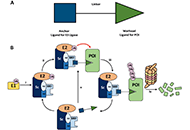
Open Access
Perspective
Encouraging probiotics for the prevention and treatment of immune-related adverse events in novel immunotherapies against malignant glioma
Sayuri Yoshikawa ... Satoru Matsuda
Published: December 27, 2022 Explor Target Antitumor Ther. 2022;3:817–827
This article belongs to the special issue Theranostic Frontiers in Neuro-Oncology
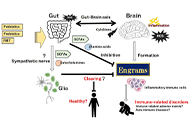
Open Access
Perspective
Potential tactics with vitamin D and certain phytochemicals for enhancing the effectiveness of immune-checkpoint blockade therapies
Ai Tsuji ... Satoru Matsuda
Published: June 30, 2023 Explor Target Antitumor Ther. 2023;4:460–473
This article belongs to the special issue Cancer Immunotherapy and Tumor Microenvironment
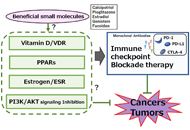
Open Access
Perspective
Potential tactics with certain gut microbiota for the treatment of unresectable hepatocellular carcinoma
Sayuri Yoshikawa ... Satoru Matsuda
Published: August 24, 2023 Explor Target Antitumor Ther. 2023;4:556–568
This article belongs to the special issue Cancer Immunotherapy and Tumor Microenvironment
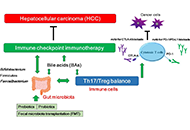
Open Access
Review
The impact of tumour pH on cancer progression: strategies for clinical intervention
Carol Ward ... Simon P Langdon
Published: April 28, 2020 Explor Target Antitumor Ther. 2020;1:71–100
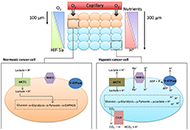
Open Access
Review
Novel approaches for the rational design of PROTAC linkers
Almaz Zagidullin ... Emil Bulatov
Published: October 30, 2020 Explor Target Antitumor Ther. 2020;1:381–390
This article belongs to the special issue Proteolysis Targeting Chimera (PROTAC)
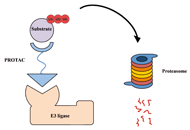
Open Access
Review
PROTACs are effective in addressing the platelet toxicity associated with BCL-XL inhibitors
Peiyi Zhang ... Guangrong Zheng
Published: August 31, 2020 Explor Target Antitumor Ther. 2020;1:259–272
This article belongs to the special issue Proteolysis Targeting Chimera (PROTAC)
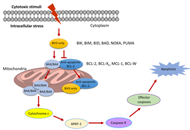
Open Access
Review
Development of PROTACs to address clinical limitations associated with BTK-targeted kinase inhibitors
Rachael Arthur ... Graham Packham
Published: June 29, 2020 Explor Target Antitumor Ther. 2020;1:131–152
This article belongs to the special issue Proteolysis Targeting Chimera (PROTAC)
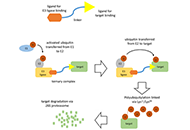
Open Access
Review
Early-stage triple negative breast cancer: the therapeutic role of immunotherapy and the prognostic value of pathological complete response
Pierluigi De Santis ... Palma Fedele
Published: February 28, 2024 Explor Target Antitumor Ther. 2024;5:232–250
This article belongs to the special issue Innovative Strategies to Target Triple-negative Breast Cancer
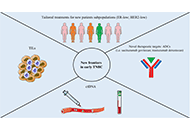
Open Access
Review
Antibody-drug conjugates: beyond current approvals and potential future strategies
Siddharth Menon ... Hui K. Gan
Published: April 28, 2022 Explor Target Antitumor Ther. 2022;3:252–277
This article belongs to the special issue Antibody-Drug Conjugates
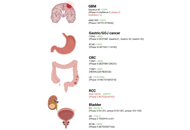
Open Access
Review
The clinical advances of proteolysis targeting chimeras in oncology
Hao Xie ... Jason B. Fleming
Published: December 31, 2021 Explor Target Antitumor Ther. 2021;2:511–521
This article belongs to the special issue Proteolysis Targeting Chimera (PROTAC)
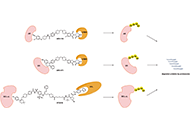
Open Access
Review
Targeting transcription factors in cancer drug discovery
Partha Mitra
Published: December 28, 2020 Explor Target Antitumor Ther. 2020;1:401–412
This article belongs to the special issue Targeting Transcription Factors for Cancer Therapy
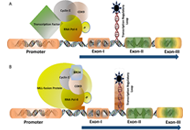
Open Access
Review
Targeting HER2 in breast cancer: new drugs and paradigms on the horizon
Paolo Tarantino ... Giuseppe Curigliano
Published: April 30, 2021 Explor Target Antitumor Ther. 2021;2:139–155
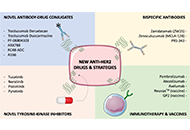
Open Access
Review
Nigerian medicinal plants with potential anticancer activity—a review
Mansurah A. Abdulazeez ... Amos A. Fatokun
Published: December 09, 2024 Explor Target Antitumor Ther. 2024;5:1393–1434
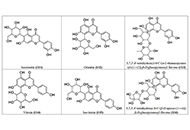
Open Access
Original Article
Physical characteristics comparison between maytansinoid-based and auristatin-based antibody-drug conjugates
Tomohiro Fujii ... Yutaka Matsuda
Published: December 31, 2021 Explor Target Antitumor Ther. 2021;2:576–585
This article belongs to the special issue Antibody-Drug Conjugates
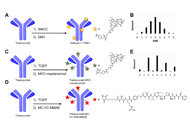
Open Access
Review
Inhibitors of the Fanconi anaemia pathway as potential antitumour agents for ovarian cancer
Sarah J Taylor ... Simon P Langdon
Published: February 29, 2020 Explor Target Antitumor Ther. 2020;1:26–52
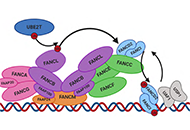
Open Access
Review
Potential benefit of β-glucans as adjuvant therapy in immuno-oncology: a review
Valeria Cognigni ... Rossana Berardi
Published: April 30, 2021 Explor Target Antitumor Ther. 2021;2:122–138
This article belongs to the special issue Immunotherapy in Cancer Patients
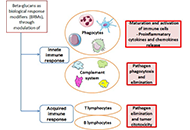
Open Access
Review
The promising potential of piperlongumine as an emerging therapeutics for cancer
Dey Parama ... Ajaikumar B. Kunnumakkara
Published: August 30, 2021 Explor Target Antitumor Ther. 2021;2:323–354
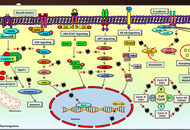
Open Access
Review
Herbal based nanoparticles as a possible and potential treatment of cancer: a review
Roshan Yadav ... Tejpal Yadav
Published: January 03, 2025 Explor Target Antitumor Ther. 2025;6:1002285
This article belongs to the special issue Potential Clinical Applications of Inorganic Nanomaterials in Cancer
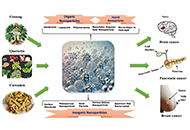
Open Access
Review
Diagnostic value of liquid biopsy in the era of precision medicine: 10 years of clinical evidence in cancer
Vincenza Caputo ... Stefania Napolitano
Published: February 28, 2023 Explor Target Antitumor Ther. 2023;4:102–138
This article belongs to the special issue The Implementation of Liquid Biopsy in Clinical Practice for Different Solid Tumor
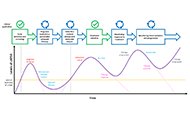
 Previous
Previous